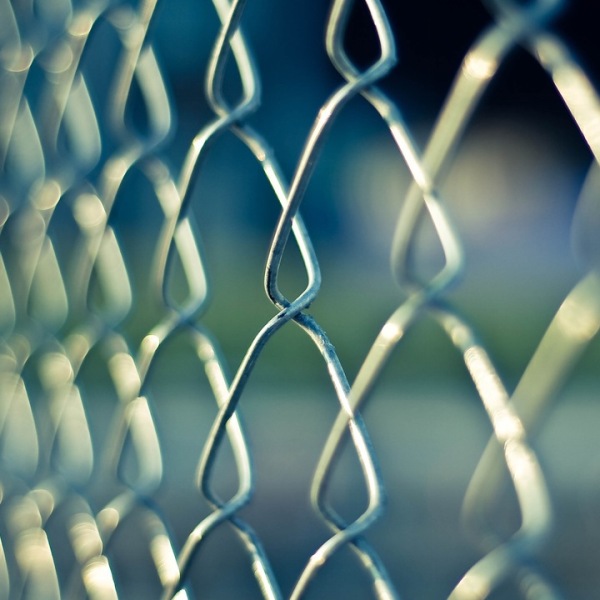New American national furnace standards to save consumers money, but stronger standards could lead to greater savings
USA – On the 10th February 2015, the US Department of Energy (DOE) issued a proposed rule for furnaces which would provide significant savings for consumers on their home heating bills, and which would figure among the biggest natural-gas saving standards ever completed by the agency. The new standards would serve to reduce gas and propane furnace energy consumption by about 13% relative to the consumption of basic furnaces which are sold today.
Improved furnace efficiency standards represent a crucial energy-savings opportunity for both homeowners and the nation, since about one-fifth of all the energy consumed in US homes is used to operate gas and propane furnaces. These furnaces provide heat for more than 40% of homes, and have had virtually unchanged minimum efficiency standards since 1992.
DOE’s analysis, published on the 10th of February, shows that efficiency levels higher than those provided in the proposed rule would help achieve even larger savings for consumers, and increase national energy savings by 50% compared to the savings generated as a reault of DOE’s proposal. The agency has cited concerns about the potential impact on manufacturers to explain its selection of the lower efficiency levels.
Following DOE’s analysis, ASAP has estimated that typical consumers would save $600 to $800 over the lifetime of a furnace fulfilling new standards, depending on the standard level. A preliminary DOE analysis published last autumn showed that consumers save money in both northern and southern regions of the USA, whether they purchased their furnace for a newly built home or to replace an older furnace, and this at either the proposed standard level or the higher potential level. An updated version is slated for release soon.
On a national level, furnaces which meet the proposed new standards would save about 3.1 quadrillion Btus (quads) of energy over a 30 year period —enough energy to meet the gas and propane heating needs of all of New England for 17 years—and lead to net savings of $4-19 billion for consumers. The higher potential standards would save 4.4 quads of energy, an amount enough to heat New England for 24 years, pocketing consumers up to $25 billion.
Non-condensing furnaces, which send much of the heat from the combustion process up the flue and cannot achieve efficiencies higher than about 80%, can still meet the current furnace standards. (Under DOE standards, annual fuel utilization efficiency, or AFUE is calculated to measure furnace efficiency.) The new standards proposed by the DOE could be met using condensing furnaces, which extract additional heat by condensing the water vapor in the flue gases, resulting in efficiency ratings of 90% or more. Condensing furnaces constitute around 45% of current furnace sales.
This improvement in furnace standards has been a long time coming. Efficiency advocates and states sued DOE over their first revision, carried out in 2007, because it did little or nothing to improve efficiency. Consequently, the agency committed to redo the standard. In 2011, DOE delivered a new standard based on a consensus agreement between manufacturers and efficiency advocates that would have raised the minimum efficiency level for furnaces effective as of 2013, but only in the northern region of the USA. However, the American Public Gas Association (APGA) subsequently filed a lawsuit objecting to the expedited process used in adopting the 2011 standards. In 2014, a settlement agreement was reached that voided the 2011 standards and required DOE to complete yet another new ruling. Yesterday’s proposed rule is a major step in the process with the objective of achieving improved standards.
Critics of improved furnace standards argued that the prior DOE analyses for the 2011 final rule had failed to fully take into account potential conversion to electric heat and the full impact of new furnace standards on the installation cost of new furnaces. The agency’s new analysis has been substantially revised to address the concerns of those critics and now it is estimated that around 10% of furnace purchasers would switch to electric heat, primarily heat pumps, as a result of the standard. Most fuel switching would most likely occur in those regions of the USA where heat pumps are a cost-competitive option compared to gas heating. DOE has also revised its estimates of installation costs. A small portion of consumers may unfortunately be faced with unusually high installation costs when replacing an 80% efficient furnace with a condensing product. ASAP and its allies have worked to develop approaches that could potentially exempt very high-cost installations and they remain open to exploring options providing relief for consumers facing unusually high installation costs. Fortunately, new venting technologies are already bringing down the cost of venting condensing furnaces even in the most difficult of circumstances, and may render any special treatment unnecessary.
DOE’s proposed rule would apply to non-weatherized gas furnaces. The most common type of furnace today are non-weatherized furnaces and which are located indoors, while weatherized furnaces are generally part of an outdoor unit that provides both heating and air conditioning. DOE has also completed standards for weatherized furnaces in 2011 that came into effect on 1st of January this year.
The settlement agreement requires DOE to publish a final rule for new efficiency standards for non-weatherized furnaces by April 2016, and the standards would take effect five years later. ASAP and its allies are enthusiastic about the prospect of working with other stakeholders and DOE to come up with a final standard that will deliver on the large savings possible in conjunction with improved standards.















